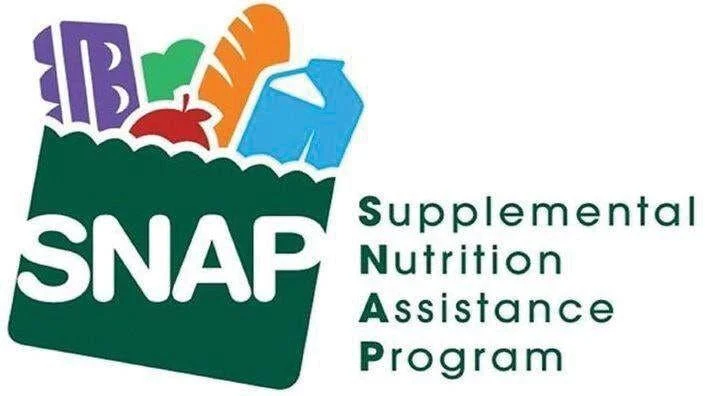
As pandemic-era food benefits come to an end and food costs continue to rise, many are wondering how they'll be able to afford groceries.
Washington, March 2 (RHC)-- As pandemic-era food benefits come to an end and food costs continue to rise, many are wondering how they'll be able to afford groceries. Wednesday marked the end of extra food benefits for more than 30 million people in the United States. Low-income families in 32 states who take part in the Supplemental Nutrition Assistance Program, or SNAP, will see their monthly benefits cut by at least $95. Some families will lose more than $250 per month.
The program, which started in the early days of the coronavirus pandemic, is estimated to have kept 4.2 million Americans out of poverty. Leslie Gordon, the president and CEO of Food Bank for New York City, told CBS News she has seen an "increase of almost double the amount of people" using the organization's services.
With food prices already 11% higher than they were a year ago, Gordon said there are already few options for those in need. "We anticipate a really significant uptick in the number of people who are going to visit us in the coming weeks," she said.
For retired airline service agent George Capella, the program's end means rebalancing his budget and hoping for the best. "You have to make up for it somewhere. And hopefully you can," Capella said.
Leticia Brito, a mom in California, is concerned about not having enough food. "What is really worrying me right now is having to cut down on the food I might have to buy, so I can have enough money to pay my rent," she said.
To help offset costs, experts recommend reaching out to state Human Services agencies and claiming all allowable deductions. People can also look into the Women, Infants, and Children program, or WIC. Anti-hunger advocates say it's an under-utilized program that SNAP recipients automatically qualify for.

